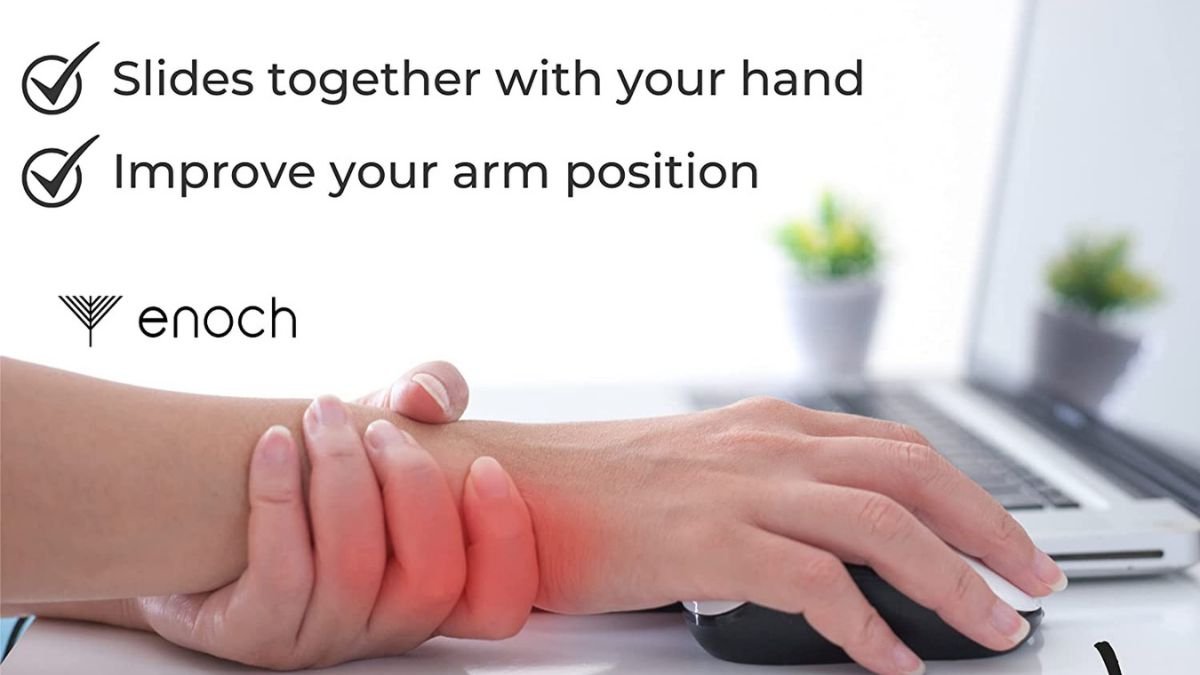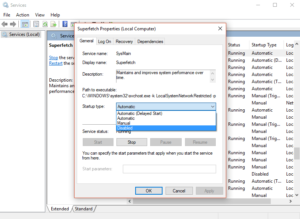Learn how to hold a mouse to avoid carpal tunnel syndrome, and how to move your hand properly to avoid it. You might think that you’re immune to carpal tunnel syndrome. Después de todo, you’re not an office worker. Pero, you may be wrong. Think about it. If you use your computer mouse all day, then you are at risk of developing carpal tunnel syndrome.
Wrist pain can be caused by a number of factors including carpal tunnel syndrome, tendinitis, and arthritis. To prevent wrist pain, learn how to hold a mouse properly. It’s never too late to change your habits. If you’re trying to improve your mouse handling skills, then you’re on the right track. Read this article and find out how to hold a mouse to avoid carpal tunnel syndrome and other repetitive stress injuries.
Some points to use the mouse correctly:
- Position of your mouse must be comfortably relative to your body. Don’t put it too far – keep your elbow at a 90 degree angle.
- Don’t grip mouse too tightly, gripping mouse tight can cause pain and injuries.
- Don’t use your wrist to move the mouse, use your arm.
- Adjust your mouse settings correctly and according to your comfort.
- Take regular breaks.
Cómo sostener un mouse para evitar el túnel carpiano:

There are many different ways to hold a mouse, and many of these ways can cause carpal tunnel and other injuries. The most common injury resulting from incorrect mouse use is carpal tunnel syndrome. Carpal tunnel syndrome is a painful injury that affects the nerves in the wrist area. It can cause numbness, tingling, and weakness. Carpal tunnel syndrome is caused by repeated movements. The best way to avoid carpal tunnel and other injuries is to hold the mouse correctly to prevent overexertion of the wrist and forearm.
The Mouse Position:
Where you place your mouse is extremely important for your wrist, elbow, and shoulder. We rarely think about the position of our mouse. Some people reach too far for the mouse, rather than keeping it close to the keyboard which can cause neck and shoulder pain. Your elbow should stay at a 90-degree angle. Your hand should form a right angle with your forearm and the mouse. Your fingers should be on the buttons rather than just resting on top of them. The mouse should be relatively close to the keyboard to minimize repetitive twisting of the hand and wrist.
How to Hold Mouse:
Picking up the right mouse for your hand and grip style can help you to avoid pain, injury, and fatigue caused by gripping the mouse too hard. If you are experiencing pain in your hand and forearm, pain in your elbow, or pain in your wrist you may wish to adjust the way you grip your mouse and the way you click.
Most people don’t even realize they’re gripping their mouse or pressing it down hard when they use it. The problem with this is that it can cause a lot of pain in your hand and wrist – not to mention it can lead to injuries. To avoid this and, en cambio, have a more comfortable experience with your mouse all you have to do is hold it loosely and lightly. Hold the mouse with your hand relaxed. This way you can use the mouse more efficiently and avoid injury.
When you’re using a computer, the mouse is your best friend. You hold it close and use it to perform all the necessary operations. Sin embargo, you should not let your mouse become your enemy. Gripping the mouse tightly can cause injury to your hand and wrist. It may also cause issues with your wrist and elbow joints.
Entonces, it is suggested to use a mouse loosely and lightly. If you need to hold the mouse tightly, make sure you don’t hold it for more than 15 minutos. But in such a case, you should use a wrist pad. If you are suffering from pain due to gripping the mouse tight, debe consultar inmediatamente a su médico. Deje que sus dedos descansen sobre el mouse en lugar de mantenerlos en el aire cuando no esté haciendo clic en los botones del mouse.. Quita la mano del ratón si no lo estás utilizando.
Proper Mouse Posture:

Postura La postura adecuada del ratón comienza con sentarse derecho, manteniendo los hombros hacia atrás y relajados y los codos doblados en un ángulo de 90 grados. Tener la postura adecuada del ratón es fundamental para evitar el síndrome del túnel carpiano. Las principales razones por las que la gente usa un mouse son porque es una forma eficiente de mover el cursor., y no tienes que mover el brazo para usarlo.
El problema es que las personas tienden a doblar las muñecas en ángulo cuando usan el mouse.. Esta es una gran parte del síndrome del túnel carpiano., which can be caused by repetitive stress injury. The most recommended way to use a mouse is to allow your forearm to rest on the desk, with your wrist straight.
Carpal tunnel syndrome is caused by repetitive stress and is the most common repetitive strain injury (RSI). It’s a painful condition that results in tingling, numbness, or weakness in the hand and wrist. The only way to avoid carpal tunnel syndrome is to avoid repetitive stress injuries, but it’s difficult to avoid these injuries completely. Wrist supports help support the wrist and relieve pressure on the median nerve. They help keep the wrist in a neutral position while typing, relieving strain and tension.
Mouse Grip Styles:

The mouse grip styles are the ways in which humans grip and hold on to a mouse in order to use it. The mouse grip styles simply describe the hand position that people have on their mouse. El three main mouse grip styles are:
- Palm Grip
- Claw Grip
- Fingertip Grip
Palm Grip: The Palm Grip is the most common mouse grip style. It’s the most comfortable and efficient of all mouse grip styles. It is the most common mouse grip style. The Palm Grip is a style in which the user grips the mouse with their palm.
Claw Grip: The Claw Grip is a mouse grip style in which the user grips the mouse with the claw at the base of their fingers.
Fingertip Grip: In Fingertip Grip the user only makes contact with the mouse button with the tip of their fingers. The mouse grip styles simply describe the hand position that people have on their mouse.
These three grips of the mouse are used to hold the mouse we have discussed these three grips in detail in our article “Different Mouse Grips”.
Ultimas palabras:
Esperamos que este artículo te haya ayudado a comprender mejor las diferentes formas en que puedes sostener el mouse para evitar el túnel carpiano.. Tomarse el tiempo para considerar diferentes agarres para el mouse es una excelente manera de mantener la muñeca alineada y prevenir el estrés., que puede causar daño a su muñeca. Gracias por leer, Siempre nos gusta saber de nuestros lectores.! Si tienes alguna pregunta, puedes dejar tus preguntas en la caja de comentarios.


